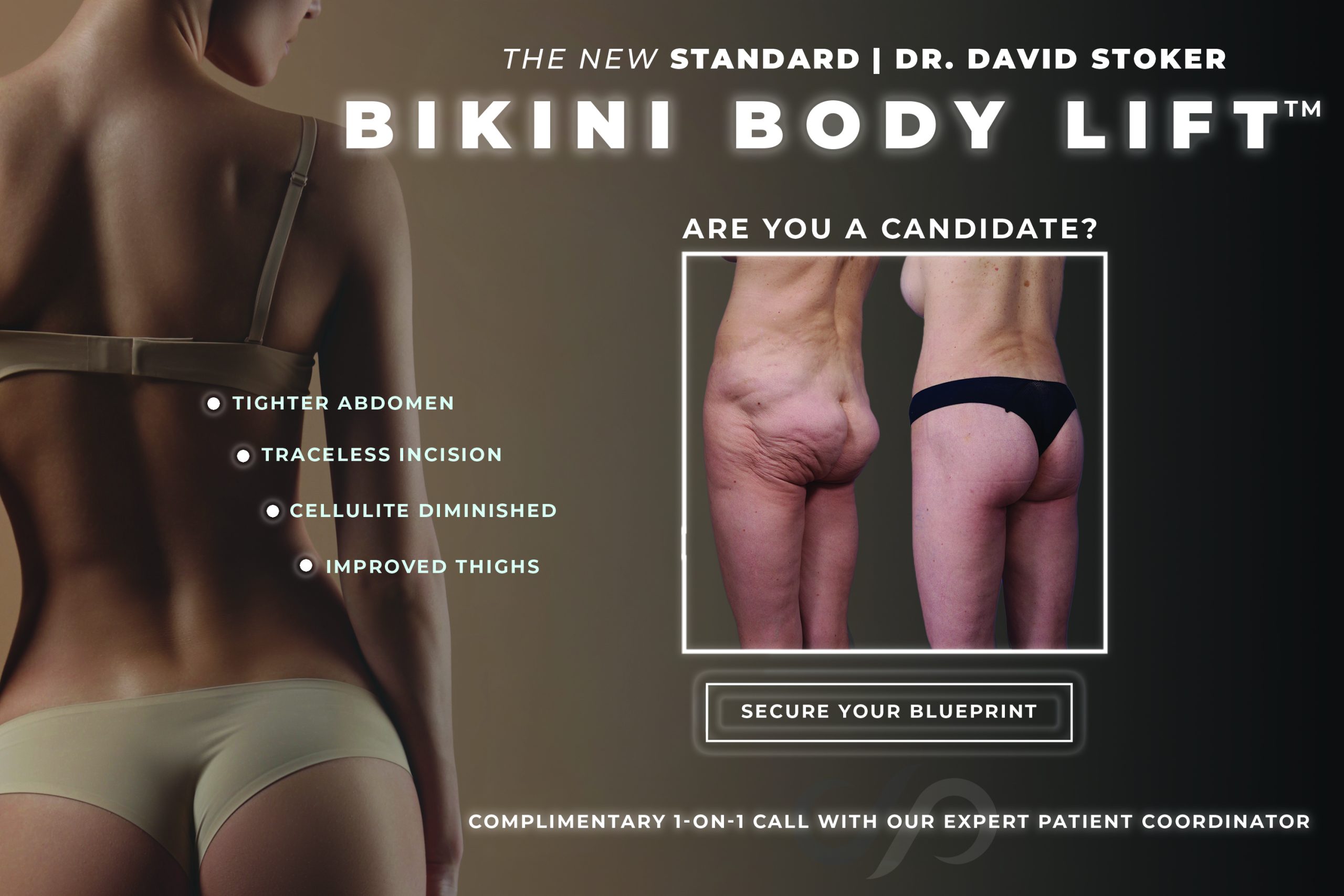Remember how trying to limit screen time was considered a worthy goal? Actually, it still is a good idea. Still, with millions of people working from home with worksites shuttered, it’s difficult to avoid being on the computer for a significant portion of the day.
And once we’re off the clock, we can’t go out, so we spend much of the evening texting and socializing online or catching up on the news. It can be difficult to take breaks from digital devices, but it’s important that you do for both your physical and mental health.
What’s Wrong With Excessive Screen Time?
Extensive use of digital devices can have a number of unwanted side effects, including disrupted sleep patterns, eye strain, and even accelerated skin aging. More generally, excessive screen time can increase mental health concerns such as anxiety and depression and decrease exercise.
Working from home can also lead to spending more time working than usual, undermining the work-life balance that is also important for good mental health.
With these things in mind, here are a few tips to help your digital detox:
- Establish limits: With a digital detox, you don’t have to disconnect entirely—that’s not necessarily a good thing, and most of us rely on electronic devices. But setting realistic limits for screen time will give you a goal for reducing unnecessary time online.
- Remove distractions: Setting limits sounds good, but if your phone is buzzing with every news alert or pinging each time you get a text or email, it’s difficult to follow through on your goal of limiting screen time. Use the device settings to turn off notifications.
- Plan alternate activities: Go for a walk (without your phone). Walking is a great way to get exercise when the gyms and pools are closed. Read a book. Bake a batch of cookies. Tend to your garden. If you have a hobby (besides online solitaire), it’s much easier to set down electronic devices.
It’s also a good idea to establish times, such as dinnertime or bedtime, when phone or tablet use is not allowed.
Squinting at screens and looking down at your phone can also have cosmetic side effects. Wrinkles, along with sagging of the neck and jowls, were once considered a skin issue typically reserved for people age 40 and older. In recent years, however, these signs of aging have become much more common among younger men and women due to the rise of smartphones and social media.
That’s increased the popularity of nonsurgical skin tightening treatments such as Ultherapy®. If this sounds like a concern of yours, you can schedule a virtual consultation even before the shelter-in-place orders are lifted, or you can contact us for an in-person consultation at a later date.


Leave a Reply